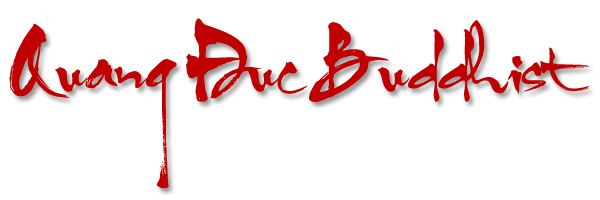- 1. Preface
- 2. Notes to Parents and Teachers
- 3. How to Impart Buddhism to Children
- 4. Devotional Exercises
- 5. The Life Story of Lord Buddha
- 6. The One Main Teaching
- 7. The Refuges
- 8. The Five Precepts
- 9. The Four Noble Truths
- 10. Right Understanding
- 11. Right Aims
- 12. Right Speech
- 13. Right Action
- 14. Right Livelihood
- 15. Right Effort
- 16. Right Mindfulness
- 17. Right Meditation
- 18. The Law of Karma
- 19. Rebirth
- 20. The Three Signs
- 21. The Seven Jewels
- 22. The Three Evils
- 23. Our Duties Towards Others
- 24. The Meaning of Wesak
- 25. Trusting to Luck
- 26. The Wheel of the Law
- 27. The Teaching of all Buddha
- 28. The Greatest Secret in the World
- 29. Filial Piety
- 30.Sincerity
- 31. Perseverance
- 32. The Drawings in this Book
- 33. Remembering Lord Buddha
- 34. A Buddhism Catechism
Venerable Sumangalo
The word Wesak is the shortened form of the name of a month, Vaisakha, in the ancient Indian calendar. However, when we Buddhists speak of Wesak we do not mean a month, but a day, and this day is the holiest of all holy days to us.
Most holidays and holy days are in honour of some one thing only, in each case. Sometimes it is someone’s birthday, or it may be in honour of a country’s independence, or perhaps it is the anniversary of a great military victory. But Wesak commemorates not just one event, but three. It is the triple anniversary of the greatest events in the life of our Lord Buddha.
This holy day is the Buddha’s birthday, the day on which He gained enlightenment, and is also the anniversary of His final passing away. Thus it is easy to see why it is that we Buddhists consider Wesak as being the very holiest of all holy days and why we have bigger celebrations on this day than on any other day.
Sometimes Wesak is called “the Flower Festival”, because Lord Buddha was born in a garden of flowers at Lumbini. Also there is a story that flowers fell out of heaven when He became enlightened under the Bodhi tree at Buddha Gaya, and again when He finally passed away at Kusinara. There are always offerings of flowers before the images of the Buddha on this day. Also it is very proper to offer fruits, joss sticks, water, rice, and any gift that will show love and respect for the Blessed One on His triple anniversary day.
Every Buddhist community ought to have special celebrations on this day, including public processions, illuminations of temples and shrines, displays of Buddhist flags, and all that will call public attention to the day and its meaning. If the Dharma school children take part in the procession that is a very good and pious act. It is not at all a good idea to wait until we are grown-ups to begin to do pious acts. The earlier in life we start, the better.
(Read the “Life Story of the Buddha” with this lesson)
HOLY DAY OF WESAK
Buddha, Lord we offer,
Oh Thy birthday fair,
Garlands of the brightest
Blossoms choice and rare.
Holy Day of Wesak,
Day of Buddha’s birth,
When the sun of wisdom
Shone upon the earth.
Incense too we offer
On this Festal Day,
For the things we cherish
All must pass away.
Through this holy symbol
We shall learn to see,
Things of priceless value
Hid in transiency.
And the deep going sounding
Bids us leave the self,
And in Buddha’s teaching
Find the truest wealth.
Lights upon the altar
Show to us the way,
From the realms of darkness
To Nirvana’s day.
QUESTIONS
- Why is Wesak the holiest of all holy days to Buddhists?
- Where was Lord Buddha born?
- About how long ago was he born?
- Where did the Buddha gain enlightenment?
- What stories are there about flowers on the three most important occasions in the Buddha’s life?
- Why do we make offerings of flowers, joss sticks, water, fruits, etc. at Buddhist shrines?
- Is it a good idea to have big celebrations on Wesak Day?
- Do you think it proper for children to take part in these celebrations?
- What is a pious act?
- Are pious acts only for grown-ups?

